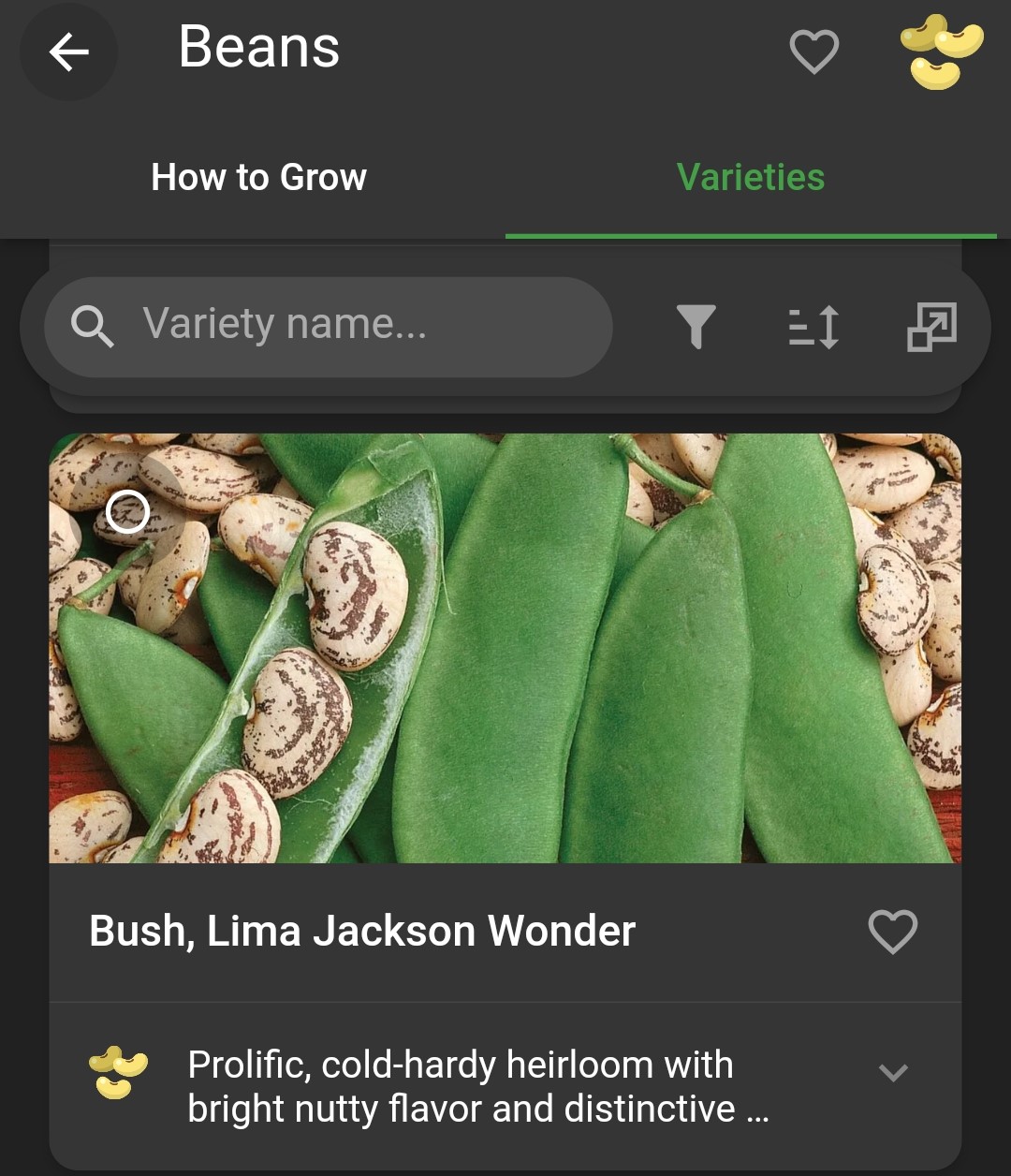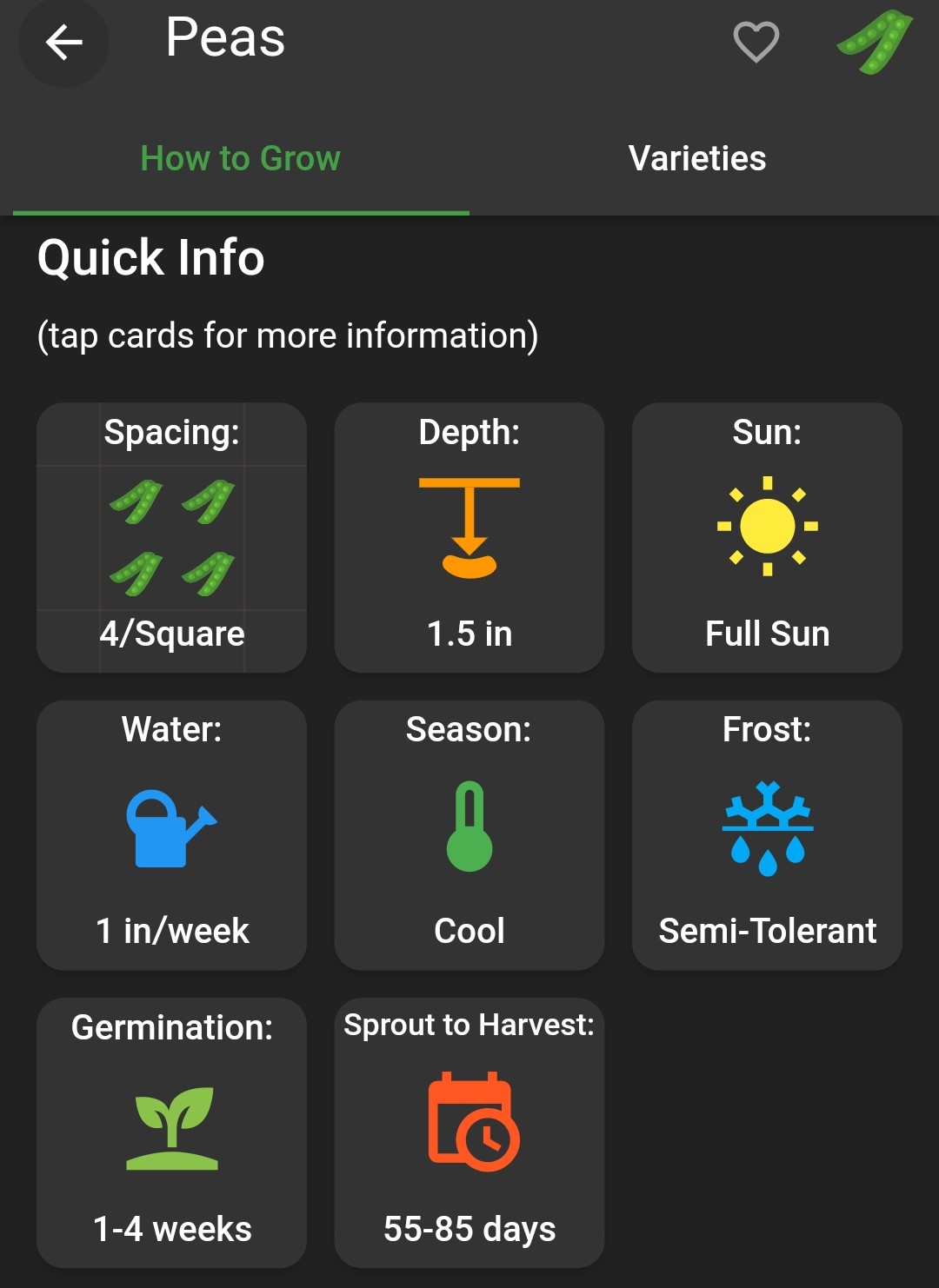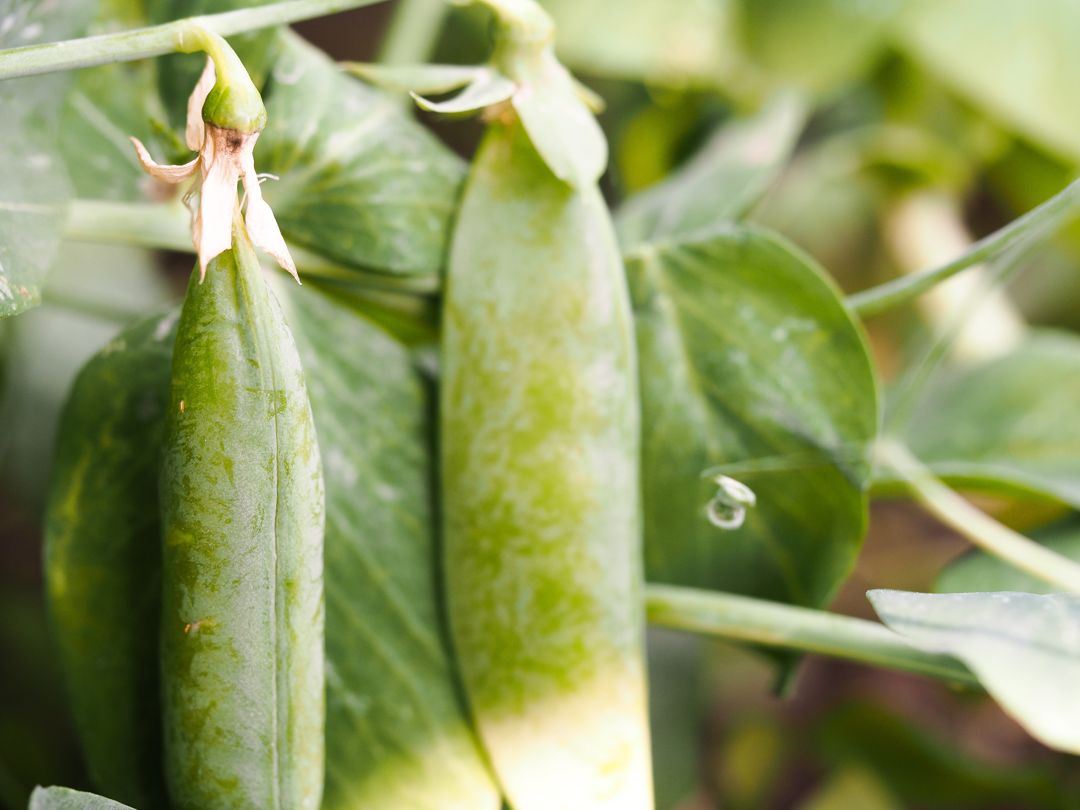Legumes such as peas and beans are some of the easiest and most rewarding plants to grow. They are relatively low-maintenance, and just a few plants can produce a bumper crop! While their care is straightforward, there are a few tips to keep in mind to grow legumes successfully.
What are Legumes?
Scientifically speaking, legumes are members of the ‘Fabaceae” family. They include beans and peas, as well as some plants you might not have realized, like peanuts and clover (this article focuses on beans and peas). Legumes have the amazing ability to ‘fix’ their own nitrogen. Their roots form a relationship with bacteria in the soil that allows them to capture and use nitrogen from the air. In the garden we can take advantage of this effect by planting crops that are heavy nitrogen feeders in an area that has been previously planted with legumes.
Legumes are grown for various edible plant parts. In the case of peas, there are ‘shelling peas’ also known as ‘garden peas’ or ‘English peas’, which are grown for their peas but not the pods. Some types of shelling peas are grown to be dried and there are also ‘field peas’ which are specifically for drying. There are ‘snap peas’ which are grown for both their pods and the peas inside. With ‘snow peas’, the pod is the prize as the peas inside should be very small when harvested. The shoots of pea plants can also be harvested and eaten fresh or cooked.
With beans, there are ‘snap beans’ or ‘string beans’ which is what we would generally think of as green or yellow beans. There are ‘shelling beans’ which are typically shelled and then eaten fresh, and there are ‘drying beans’ which are grown primarily for storage.
One of the advantages of growing your own beans and peas is there are so many unique varieties available. Check Planter to find some neat varieties to add to your garden!

How to Grow Legumes
Beans and peas are not too fussy about their growing conditions, and as they can generate their own food they should not need fertilizing unless they show signs of deficiency. Peas prefer cooler weather however; their growth slows dramatically when summer heat hits.
Depending on the type, your beans and peas may need a trellis or support system. With beans, there are pole beans and runner beans which do require a trellis, and bush beans which can grow without support. There are also half-runners which don’t absolutely need a trellis but do prefer having something to climb. Peas come in pole and bush varieties, although bush peas still do best with a bit of support.
To trellis, you can use sturdy wood or bamboo sticks arranged in triangular shapes, you can buy or assemble your own wooden or metal trellis, or you can pound u-post into the ground and use string to ‘weave’ around the plants as they grow. Secure the plants gently to the structure - avoid using wire or other tough materials that could cut the vines as they sway in the wind. Whatever method you choose, make sure the supports are sturdy and the plants are well secured to avoid them toppling over in a storm.
Refer to Planter for detailed information on growing peas and beans:

You may find you need to protect your tender peas and beans from hungry critters such as rabbits - chicken wire shaped into a fence or cage can serve this purpose. If you are struggling to direct-sow peas and beans, it is possible to give them a head start indoors and carefully transplant them outside.
Harvesting Legumes
The trick with harvesting legumes is determining when they are ready to be picked. This depends on the type of pea or bean you grow. Testing a few is the best way to check! For garden peas, the peas should be mature but still sweet. Snap peas should be harvested when the pods are tender and the peas inside are round. Snow peas are harvested when the pods are full-size but still flat. Snap beans should be harvested when the pods are full-size and the beans inside are not too mature and round. Shelling beans can be harvested when the beans inside have reached maturity but are still soft. If you are going for a drying-type pea or bean, harvest when the pods are fully dry.
Harvest the peas and beans that are at their prime regularly to keep the plants productive. Be careful not to yank or tear the plants - two hands can be helpful to hold the plant and pinch off the pea or bean pods.
Peas are best enjoyed as soon as possible after harvest (nothing quite compares to a freshly picked pea!) Beans can cause an upset stomach if eaten raw in large quantities, so they are generally cooked before eating.

Try your hand at growing peas and beans, for a garden-fresh flavor that just can’t be found in stores!
